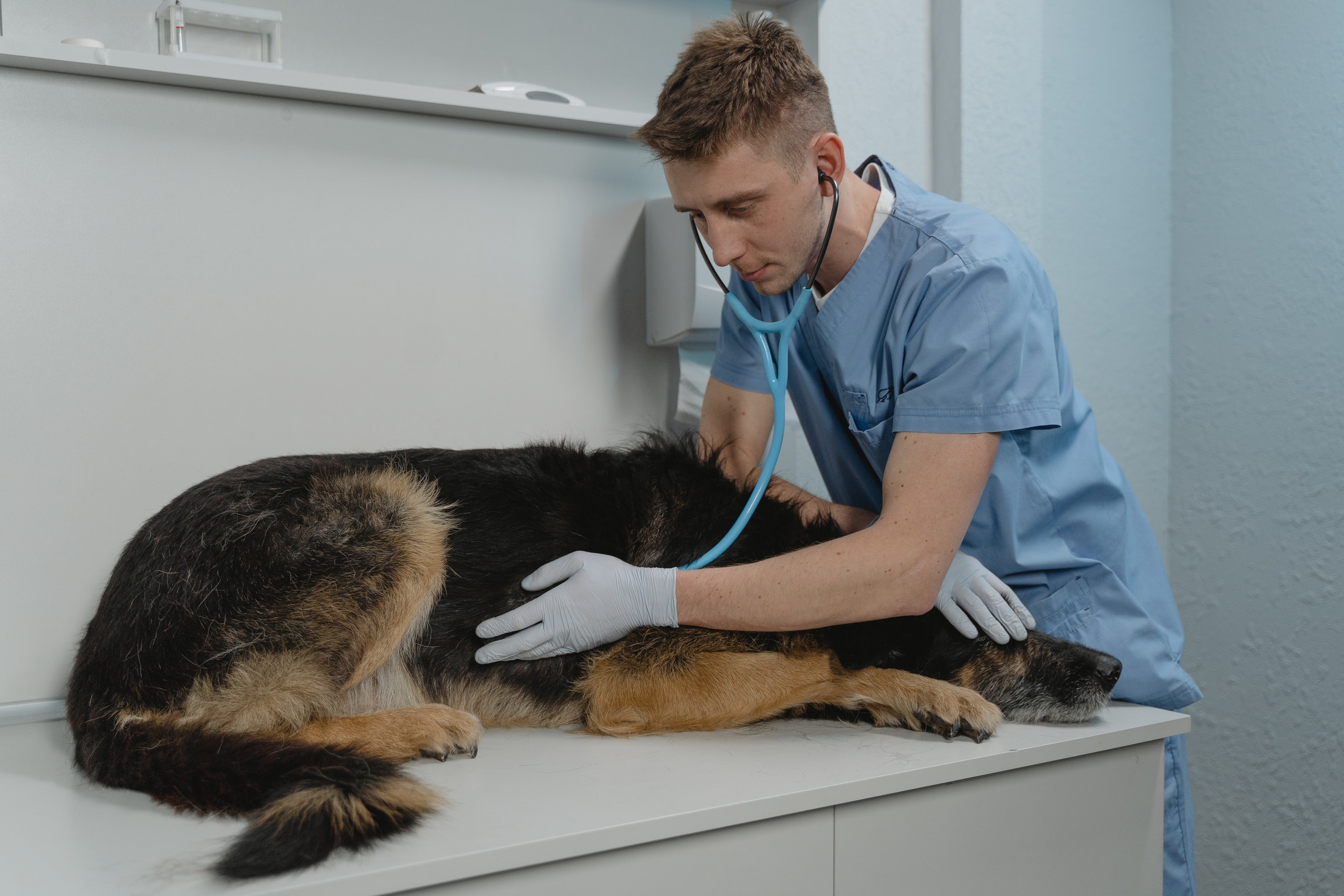4 Considerations for a Typical Day in the Veterinary Field
The typical day in a veterinary clinic can vary greatly day by day. Depending on the type of veterinary hospital that someone works at, they may not see two of the same type of cases in a day. There are many different types of veterinary hospitals. There are general practice hospitals, specialty hospitals, and emergency hospitals. A typical day will be very different depending on the type of hospital that one is working at. The one thing they all have in common, especially now, is how busy they all are!
Routine Procedures
A typical day in general practice will be mostly made up of routine procedures such as spays, neuters, mass removals, and dental cleanings. They assist in the surgeries by running anesthesia while the Doctor will be performing the surgery. Veterinary Technicians also oversee running bloodwork prior to surgery, placing intravenous catheters, and administering pre-medications. The veterinary assistant will help in restraining patients, setting up the surgery suite, and any other helpful tasks that are needed. Typically, after surgery, the hospital will start to see client appointments. These appointments can range from ear infections, vaccinations, or sadly, euthanasia. At the end of the day, the animals that had surgery will be discharged by the veterinary technician back to their owners to go over the procedure and the after care needed.
Specialty Medicine
Specialty medicine can be similar to general practice; however, they only see a certain specialty of medicine. Some examples of this are ophthalmology, cardiology, internal medicine, dermatology, and oncology. These practices concentrate on one aspect of the body system or illness. Many times, general practitioners will refer patients to these specialty hospitals if they are unsure about a case or do not have the appropriate equipment. Specialty hospitals will often see many of the same type of cases due to the fact that they work locally on one body system. An example of this is in an ophthalmology hospital, the ophthalmologist will see many indolent ulcers in one day compared to a general practice which many see one indolent ulcer a year.
Emergency Medicine
Lastly, emergency medicine can have the most unpredictable day of all. Many times, in emergency medicine, employees may have no idea what is coming in the door. Emergency patients may show up at any time, for any reason, and in many cases have issues that can be life threatening. Patients that need care can range from a blocked cat that cannot urinate, to a GDV patient that needs emergency surgery that could mean life or death. Prior to the pandemic, there may have been times that an emergency was empty and employees spent their time cleaning.
Effects of COVID-19 on the Typical Working Day
One of the current trends in veterinary medicine is due to the COVID-19 pandemic. All veterinary hospitals right now are overwhelmed with the number of patients that need care versus the number of staff that are working. As of 2021, there are now 183,000,000 dogs and cats in the United States. That is 48 million more patients than there were just three years ago. As of 2021, there are 114,000 Veterinarians and 119,000 Technicians. That means that statistically, there is one Veterinarian per one thousand patients. When the pandemic started, many people adopted or purchased a pet.
Just like many other professions, staff has decreased. The increase in patients has led to longer wait times and some emergency hospitals reaching capacity. Sadly, in these times they are not able to take on any cases. More and more staff are leaving the field due to being overwhelmed and unfortunately due to impatient clients who often take their frustrations out on the caregiver. Many clients may not know that the staff is seeing three times as many patients, in the same amount of time, missing their lunch breaks, and staying late. It is especially important to be patient and kind during these times.
Written by Laura Switkowski
Laura Switkowski has been a Licensed Veterinary Technician for the past 13 years. She has worked in general practice, exotic medicine, ophthalmology specialty and teaches at multiple Veterinary Technician and Veterinary Assistant programs throughout the country. Her interest in the veterinary field includes ophthalmology, anesthesia, and pain management.














